Three beautiful outside-the-cities places to visit in Hokkaido with a connection to Golden Kamuy
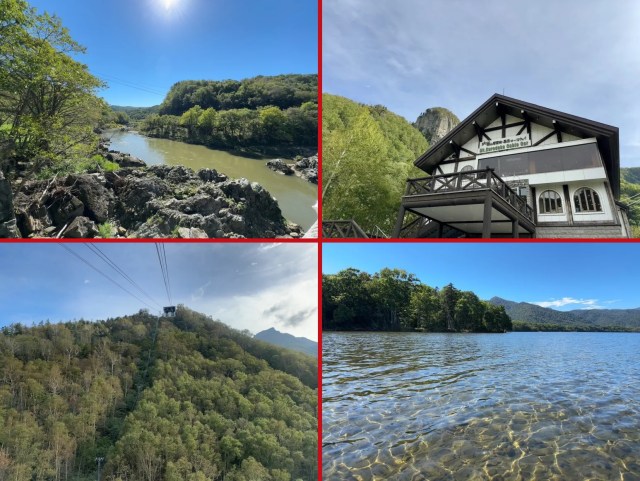
…and which are still worth visiting even if you’ve never watched or read the Hokkaido adventure anime/manga.
Hokkaido, Japan’s northernmost prefecture, is a fantastic place to visit. As Japan’s largest and least densely populated prefecture, it’s filled with sites of scenic natural beauty, and every time our Japanese-language reporter Saya Togashi makes a trip up to Hokkaido, she finds someplace new to love.
Oh, and she also finds connections to Golden Kamuy, one of her favorite anime/manga series. Some of these happen to be in or near towns that are also on the most standard Hokkaido travel itineraries, like the prefectural capital of Sapporo or the port cities of Hakodate and Otaru.
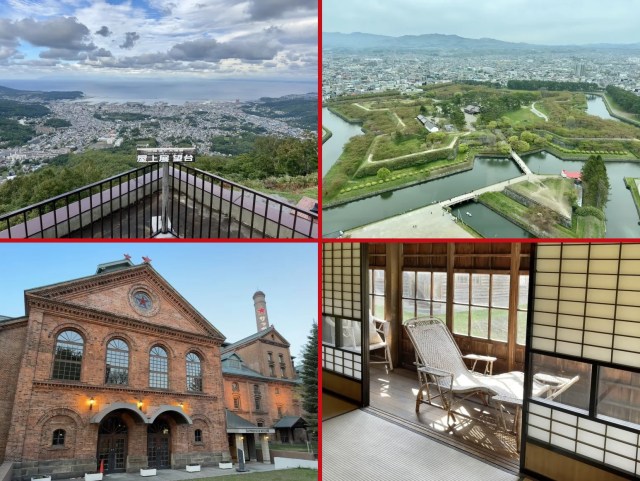
But Golden Kamuy is a sweeping adventure story with scenes that take place all across the prefecture, and so in this installment of Saya’s Hokkaido journeys, she’s headed farther away from the city centers to visit a trio of spots that are amazing attractions in their own rights, with the anime connection being an added bonus for fans.
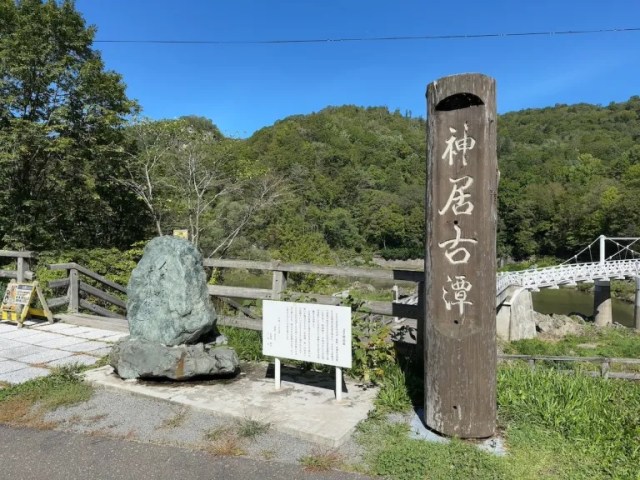
First up, Kamuy Kotan, a river valley where Golden Kamuy’s 7th Division is ambushed by Toshizou Hijikata, who demolishes the bridge with a swing of his sword.
▼ The real, intact bridge is quite picturesque, stretching across the Ishikari River.
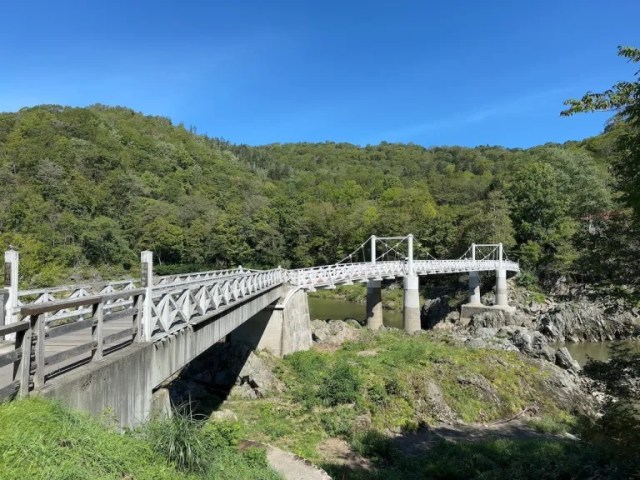
In the language of the indigenous Ainu people, Kamuy Kotan translates to “the place where gods live,” and legends say that one of the unusually shaped rock formations that can be seen along the waterway is the petrified body of a demon who was slain by a hero in ages past. The swift-flowing river current carves a path through steep cliffs in certain sections, and those making boat voyages are said to have prayed to the gods to grant them safe passage.
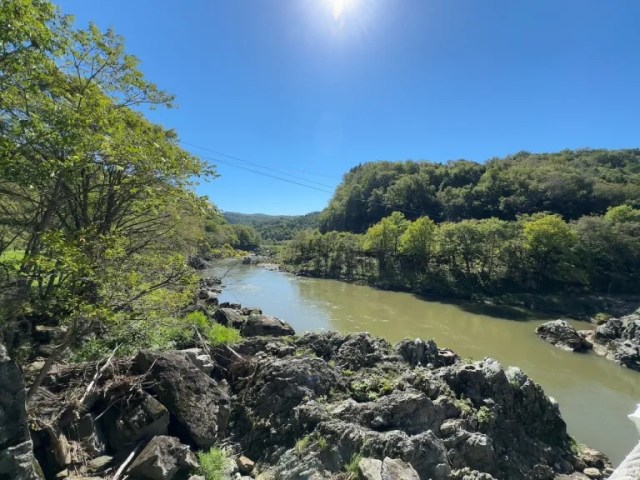
The closest train station to Kamuy Kotan is Asahikawa, from where it takes about 30 minutes by bus or car to reach the bridge Saya visited, as shown in the map above. On the other hand, if instead of going west from Asahikawa you head east by bus or car, in around two hours you’ll reach Sounkyo, a region of mountains and gorges that inside Daisetsuzan National Park.
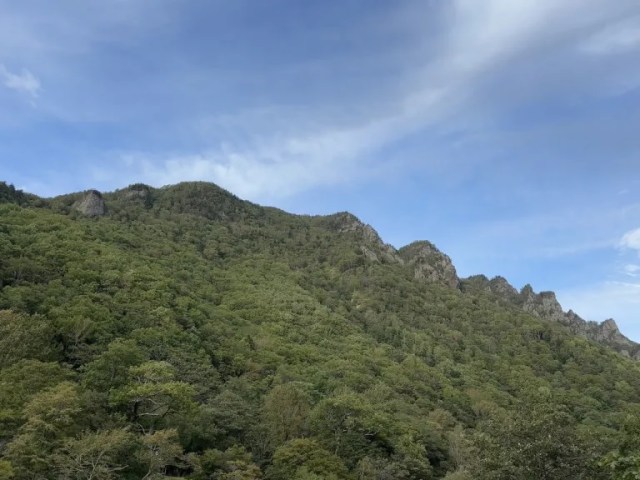
Within Golden Kamuy, Daisetsuzan is where protagonist Saichi Sugimoto and his companions are forced to land their stolen airship and make an arduous climb through the mountains. While the real-world Daisetsuzan does have numerous hiking trails, Saya instead opted to make her way up the park’s Mt. Kurodake by the ropeway/cable car.
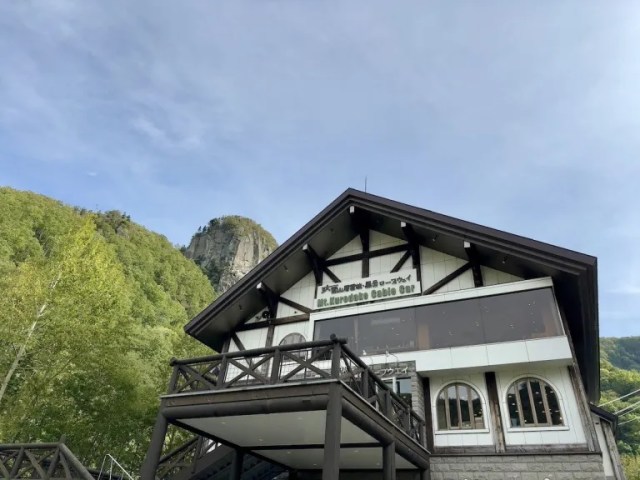
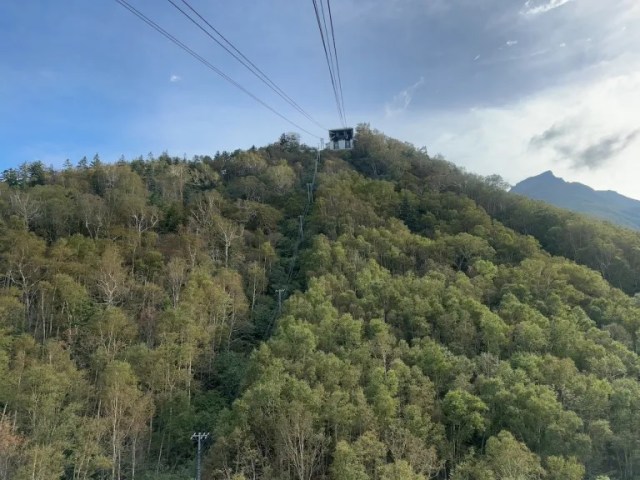
Sure, this is the easy way to get to the top, but it affords you a bird’s-eye view you wouldn’t get while hiking, letting you appreciate the majestic vastness of the forests below.
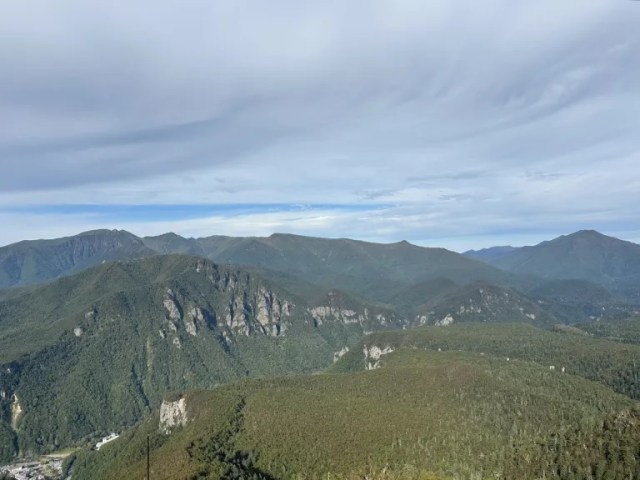
It’s about a seven-minute ride to the top of the ropeway, which is itself about half-way to the mountain’s peak. That gave Saya plenty of time to ooh and aah over the scenery, and with Daisetsuzan being one of Hokkaido’s best places to view the fall colors as the leaves change, it’s going to be even more beautiful in the weeks to come, before the winter snows set in.
▼ Oh, and if you decide to hike through the forests instead and end up feeling sore from the exertion, Daisetsuzan has hot springs too.
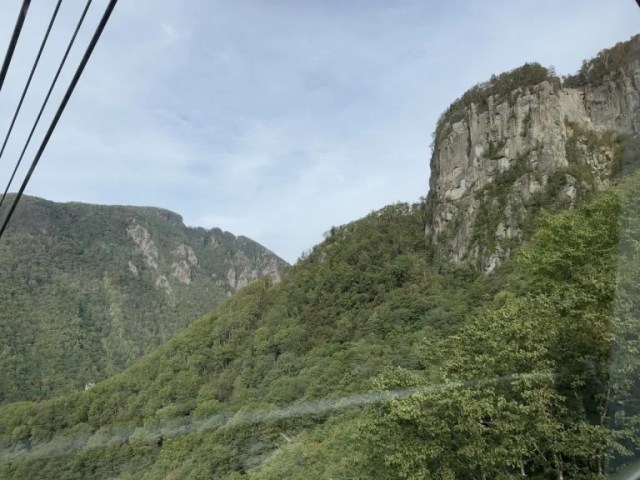
And last, we come to Lake Kussharo, where Sugimoto meets blind bandit and ex-convict Anji Toni.
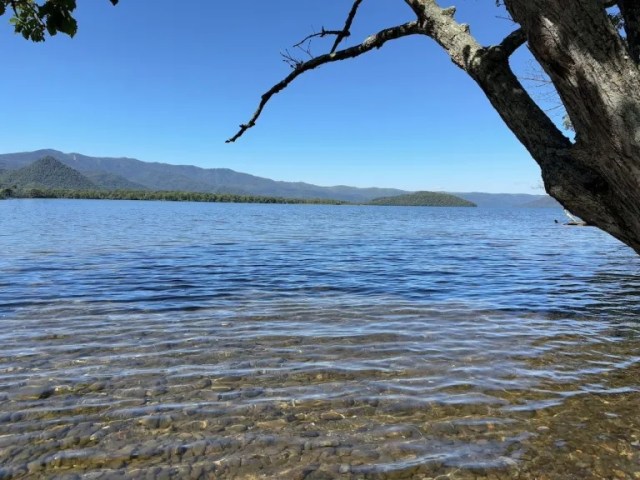
Lake Kussharo is a caldera lake inside Akan Mashu National Park. We’re now in the far eastern section of Hokkaido, with the closest train stop being Mashu Station, about a half-hour south of the lake by bus or car (alternatively, it’s about an hour and a half south of Abashiri, where Saya recently enjoyed a meal at the “Prison Cafeteria”).
It’s 57 kilometers (35.4 miles) to make a complete lap around the lake, and 125 meters (410.1 feet) to its deepest point. But you don’t need to do anything more than pick a single point to admire how beautifully clear the water is.
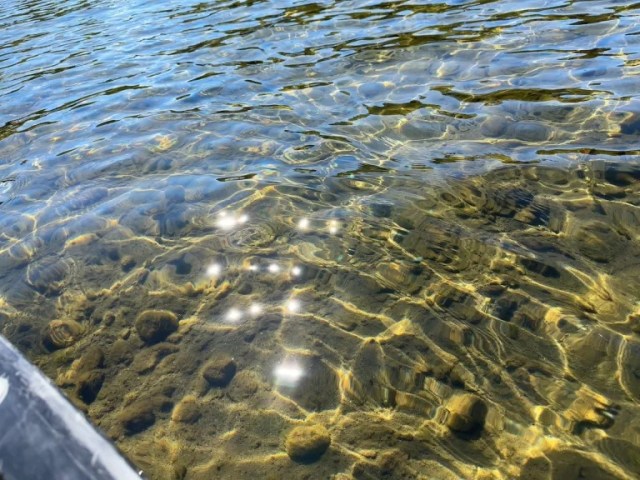
If you’re feeling more active, though, there’s plenty to do in Akan Mashu National Park, with hiking, bicycling, and kayaking all options around or on the lake. The local geothermal activity also means that there are a number of open-air hot springs, some free to use, right along the shore.
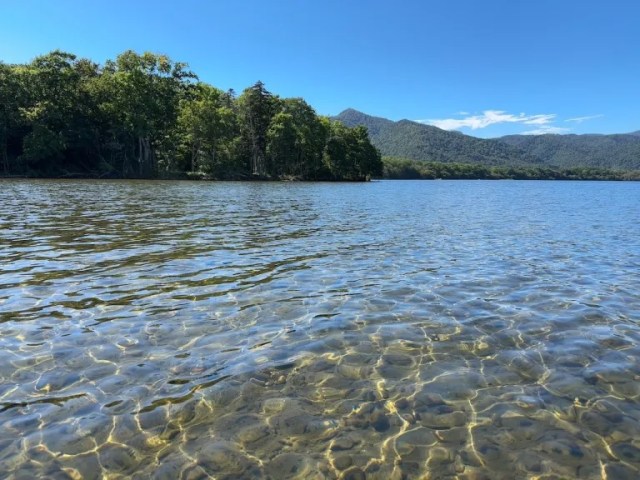
As always when planning a trip to Hokkaido, it’s important to take into account the seasonal weather patterns, as the cold, snowy winters have a large impact on the availability of transportation, hotel accommodations, and availability of leisure activities. So make sure to check the conditions for the timing of your trip, and if you’ve got the time to read a couple chapters of Golden Kamuy too, Saya thinks you’ll enjoy your time in Hokkaido even more.
Related: Daisetsuzan National Park Council official website, Akan Mashu National Park website (Ministry of the Environment)
Photos ©SoraNews24
● Want to hear about SoraNews24’s latest articles as soon as they’re published? Follow us on Facebook and Twitter!
Credit:

0 comments:
Post a Comment